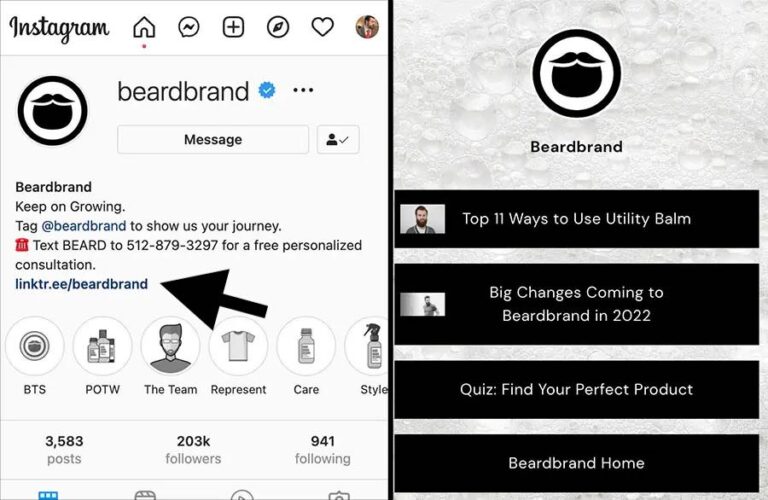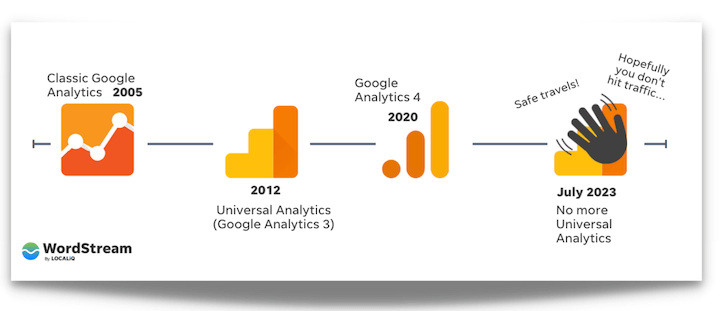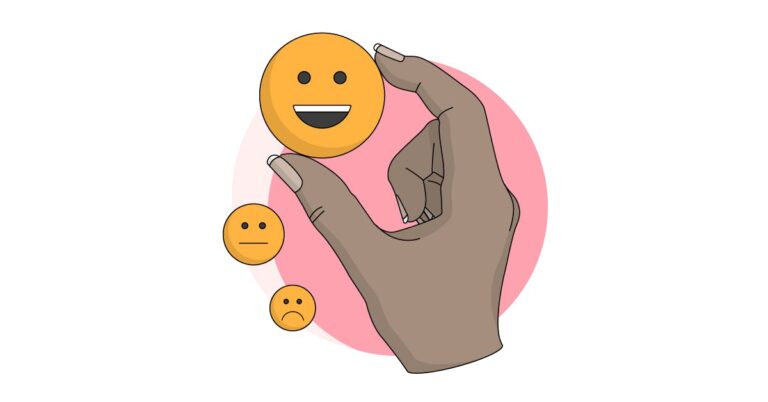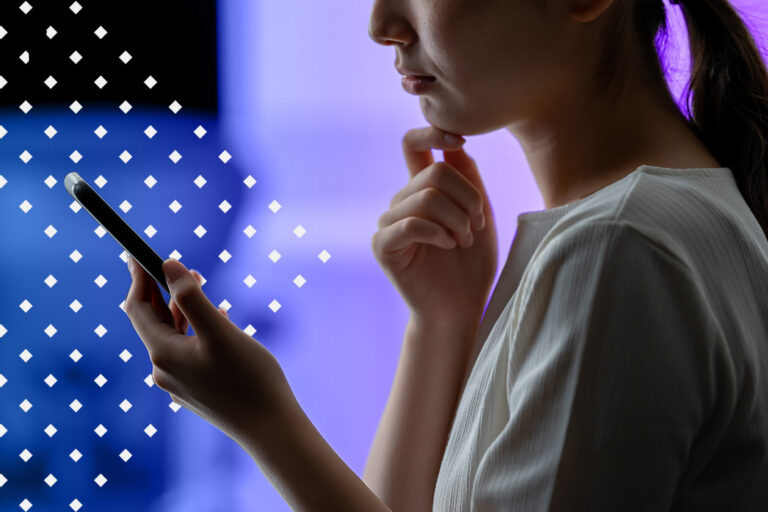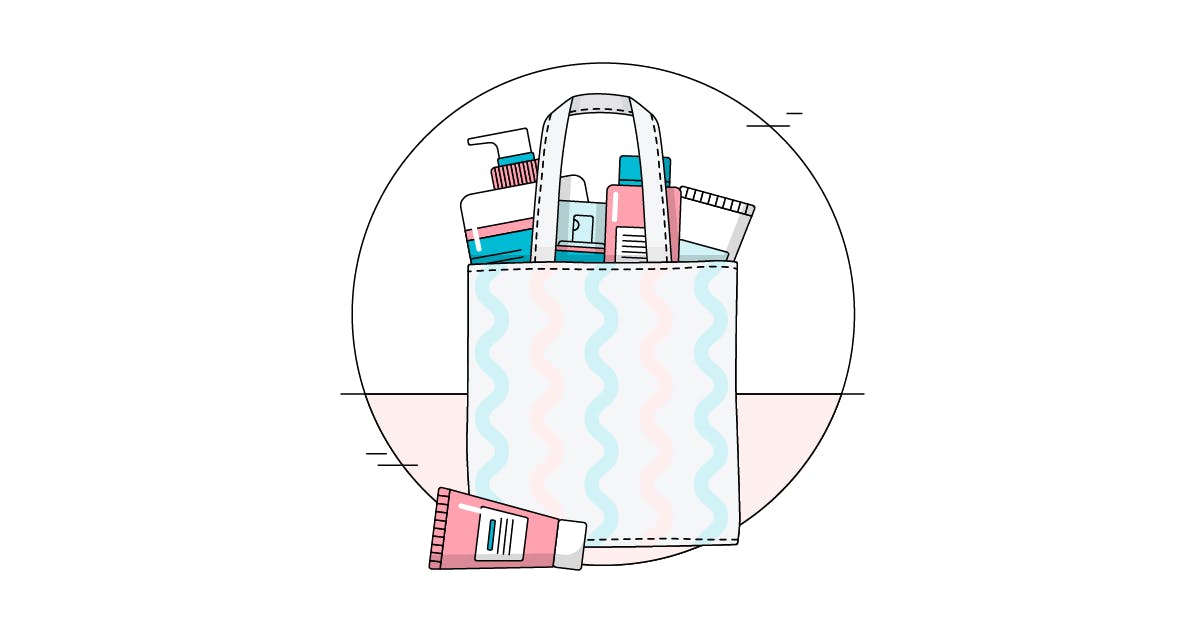
???? ???? NEW! MY VIRTUAL STORE – NOW OPEN ON https://t.co/b6w8kwv7ol! ???? ????
Snapchatters are now engaging with AR more than 6 billion times per day, and 93% of them are interested in using AR for shopping. Learn more about our new Shopping Lens below! ????
As well as offering consumers a personalised beauty experience – allowing them to create their own shades, and recommending them based on mood or outfit – the device also takes away the need to buy new products (in this case, whenever the consumer wants a new shade), therefore reducing plastic waste. This type of innovation comes at a price, of course, with Perso retailing at 9. However, it fits in with L’Oréal’s long-term goal which is, by 2025, for all of its plastic packaging to be reloadable, refillable, recyclable or compostable, and for 50% of its packaging to be recycled or bio-sourced.
Personalisation in pursuit of sustainability?
— Snapchat for Business (@SnapForBusiness) January 31, 2022
Covalo, formerly known as Chemberry, offers a similar service, one that aims to make beauty product development faster and easier and, as it describes, “tackling challenges across the product development process beyond ingredient sourcing.” Again, sustainability is the main focus, with Covalo prioritising suppliers that meet these standards.
Gamified elements are also popular, too. Visitors to Charlotte Tilbury’s virtual store, for example, are challenged with finding three golden keys in order to unlock access to a specific lipstick colour. Additional elements of the metaverse, such as avatars, are also expected to follow, and Tilbury’s store recently added a new ‘Shop With Friends’ option, enabling multiple people to chat on a video call as they shop. According to Glossy, the feature was introduced on the back of feedback that customers were already setting up Zoom calls while they were browsing the virtual store.
In order to achieve this, brands are increasingly turning to technology platforms like Novi, which uses artificial intelligence to help brands meet and comply with industry standards. Recently, Novi raised million and has worked with the likes of Unilever, Smashbox, and Target.
Interactive social advertising to capture passive users
As well as reducing plastic waste, beauty brands (particularly in the US) are also ramping up their focus on ‘clean beauty’, ensuring that all ingredients are safe, non-toxic, sustainable, and ethical.
The idea that personalisation can aid sustainability efforts might sound like a lofty premise, but in fact, many brands are investing in technology in order to combat the problem of overconsumption and plastic waste.
Augmented reality or ‘try on’ tools remain a popular sales tool for beauty brands; Sally Hansen is the latest to release a tool in partnership with Perfect Corp, enabling shoppers try different nail colours options using augmented reality technology on mobile.
According to Lancôme, since first launching with ByondXR in February 2021, the brand has seen a 350% increase in customer engagement time in its global virtual stores.
With these processes usually undertaken by product developers and beauty chemists – often being complex and time-consuming – Kimberly Shenk, Novi’s CEO and founder, further explains the platform’s aim. “Novi collects, digests, and digitises all of this data, ensuring real-time accuracy against ever-changing standards and claims, which allow our users to make procurement decisions around sustainability more efficiently and with confidence,” she says.
Retail
Virtual stores may not be perfect, but are part of a more competitive online market
So, what tech trends are shaping the industry? Here are four examples that stand out.
Technology has since come to the forefront of the beauty and cosmetics industry, with brands using digital to spearhead product innovation and drive customer engagement.
Virtual stores, or 3D virtual experiences, are gaining traction in the beauty industry, spurred on by wider interest in the ‘metaverse’. The idea of a virtual store is to create an entirely immersive shopping experience, enabling consumers to navigate around like they would in a physical retail store, yet also enjoy the convenience and personalisation of ecommerce. The end goal is to create a richer, more memorable experience, and to capture the attention of consumers in an increasingly competitive market.
With transparency becoming a key priority for today’s beauty consumers, digital technology is playing a vital role in how brands deliver it.
Packaging aside, minimalism in skincare is also the ethos of many new and emerging beauty brands. Skin + Me is one example – the company uses technology to deliver a personalised skincare routine, and the type of service you can otherwise only get from a dermatologist. As the brand states, “by combining medical expertise and tech, we’re democratising dermatology for all.” As well as great skin, sustainability is the main aim – its innovative packaging dispenses exactly the right amount of product that consumers need, ultimately reducing waste and the overall amount of products that consumers typically tend to buy.
One example of this is Yves Saint-Laurent’s Perso, which is a smart at-home device that allows consumers to create their own personalised lip colours.
Back in 2020, L’Oréal outlined its ambition to become the world’s number one ‘beauty tech company’, amid a shift in how brands connect with consumers.
Technology platforms to help meet ‘clean beauty’ standards
— Charlotte Tilbury Beauty (@CTilburyMakeup) November 13, 2020
Lancôme is another brand to invest in virtual stores, launching a UK pop-up store built by tech platform ByondXR last September. Speaking about the store’s aim, Françoise Lehmann, Lancôme’s global brand president, explained in a press release: “With younger customers increasingly looking for an enriched and personalised experience, the virtual stores are a perfect way to engage and deepen connections with new and existing audiences, empowering them to discover our products in an exciting new way, and setting Lancôme apart from its traditional ecommerce competition.”
As these case studies show, AR technology has the power to turn passive users on social media into paying customers, successfully bringing products to life in order to drive engagement and real-time conversions.
Earlier this year, Snapchat unveiled its Catalog-Powered Shopping Lenses, which enables users to swipe through and virtually ‘try on’ multiple products in one place, while viewing product details such as price. For partnering brand Ulta Beauty, the new lenses generated 30 million try ons and million in sales during a two-week trial period, earning a 56% higher return on ad spend compared to Ulta’s non-shopping Lenses. A similar trial for MAC Cosmetics saw brand awareness and purchase intent levels up 2.4x and 9x, while conversion rates were up 17x.
Darlings, introducing my FIRST EVER Beauty Secrets VIRTUAL STORE!!! I am SO excited for you ALL to discover my MAGICAL, 3-DIMENSIONAL virtual shopping world!!! https://t.co/dxgwa4UINH
As well as tools on their own websites or apps, many brands are also turning to social media in order to convert attention on big platforms into sales. It’s not necessarily a new trend – back in 2019, YouTube added a feature to enable viewers to try on any products featured in ads – however, platforms like Snapchat are ramping up focus on AR-powered commerce.

